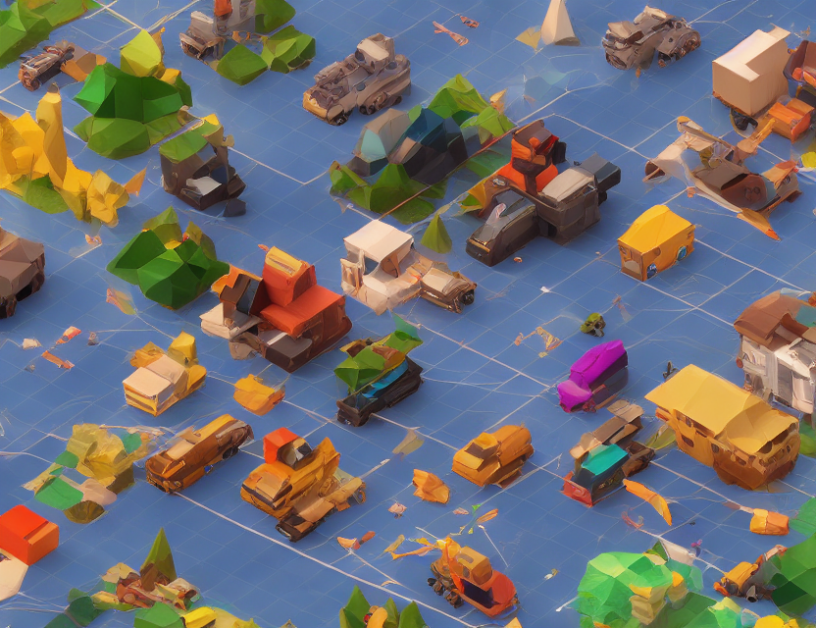In this research paper, a team of computer scientists and engineers explore the use of latent diffusion models for high-resolution image synthesis. They propose a new method called LDM-GAN, which combines the strengths of generative adversarial networks (GANs) and latent diffusion models to generate realistic images from text prompts.
To understand how LDM-GAN works, imagine you’re trying to paint a picture of a cat using only words as your brush. The words represent the different features of the cat, such as its fur color or the shape of its ears. Latent diffusion models are like a team of artists who can take these words and turn them into a beautiful image of a cat. But, they need some guidance on what makes a good cat picture. That’s where GANs come in – they help the artists understand what features are important for creating a realistic cat image.
The LDM-GAN method uses both the power of latent diffusion models and the guidance of GANs to generate high-resolution images from text prompts. It first uses a language model to generate a text description of the desired image, then it uses this text description to control the generation of the image through a series of transformations. These transformations are similar to the way a photographer might adjust their camera settings to capture a specific scene.
The team tested their method on several datasets and found that LDM-GAN outperformed other state-of-the-art methods in terms of both image quality and diversity. They also showed that LDM-GAN can be used to generate images from text prompts with multiple objects or complex compositions, which was a challenging task for previous methods.
Overall, this research has the potential to revolutionize the field of computer vision and open up new possibilities for generating realistic images from natural language descriptions. As the authors note, "Our work demonstrates that it is possible to generate high-resolution images from text prompts with a level of quality and diversity that was previously unachievable."
Computer Science, Computer Vision and Pattern Recognition
Enhancing Vector Graphics Generation with Editability and Diversity



